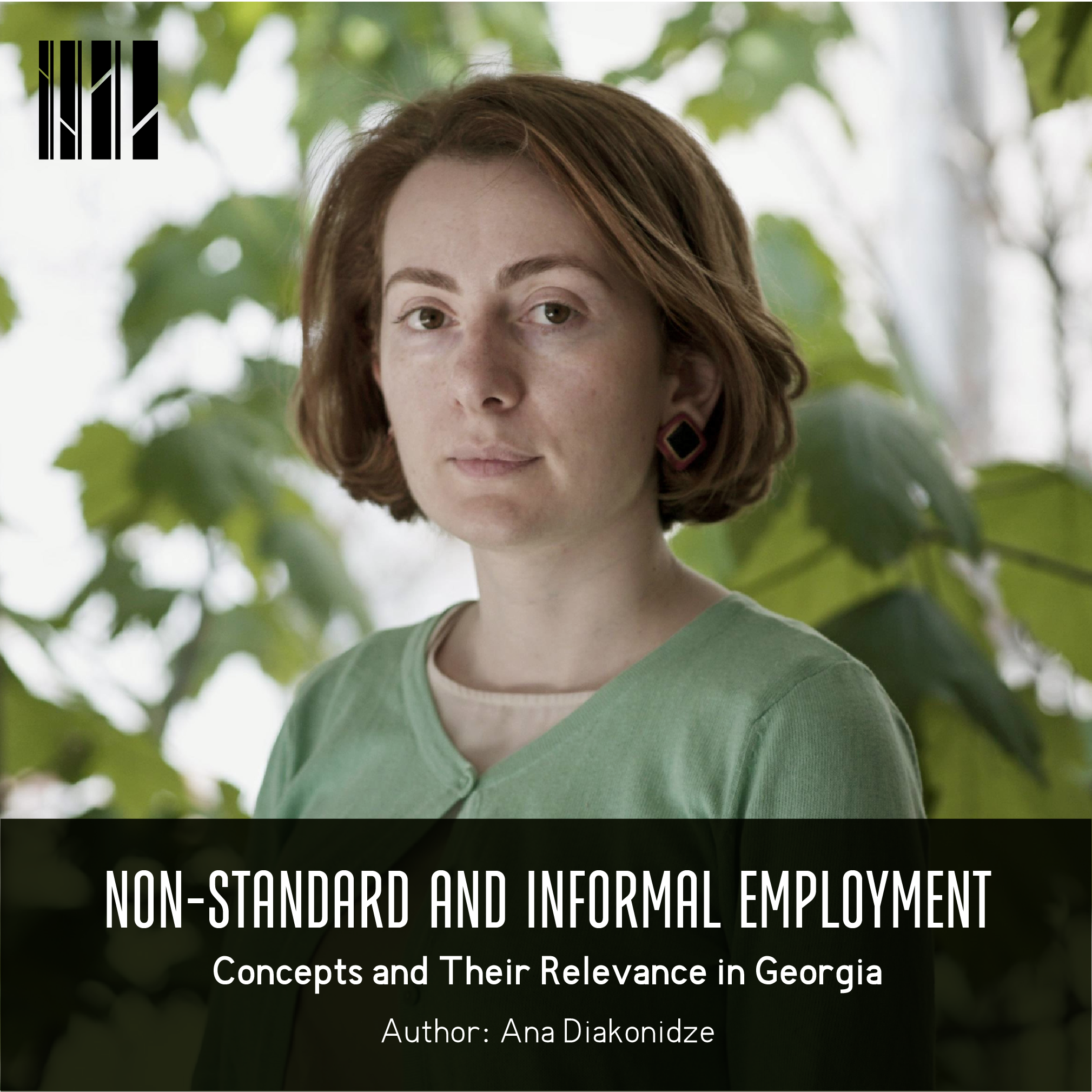საერთო ცხელი ხაზი +995 577 07 05 63


In the past decade, the “new world of work” has been actively discussed in academic and political circles. This concept denotes gradual disintegration of “standard employment contract” and the establishment of new, more flexible, and non-traditional forms of labor and employment. “Standard employment contract,” or “standard employment” is a Western concept born in the era of Fordism. Broadly speaking, it is “a stable, open-ended and direct engagement between a dependent, full-time employee and their unitary employer” (Walton 2016). The following characteristics define the employment contract: personal subordination of the employee to the employer, mutuality of obligations between the two parties, and most importantly, economic dependency – employment relationship being the main source of income of the worker (Schoukens & Barrio, 2017). It should be noted that these definitions, formed in the Fordist era, underwent changes in the following decades in light of the developments in the service sector. For example, if in the Fordist era subordination referred to the execution of orders received from a direct supervisor, today it signifies functional subordination of workers in one group to another. With the development of the service sector, this has led to an increase in the number of skilled workers who have more autonomy in performing their responsibilities than those engaged in manual labor (Veneziani, 2009). It is also important to note that a standard employment contract guarantees employment stability and social security.
In contrast, non-standard labor is a general concept that refers to labor relations that lack the attributes of a standard labor contract. The International Labor Organization (ILO) distinguishes between four main forms of non-standard employment: a) temporary (fixed-term) employment, b) part-time employment, c) multiparty employment, and c) disguised self-employment (ILO, 2016). It is notable that the above-mentioned forms of non-standard employment are not mutually exclusive and the boundaries between them are blurred.
Temporary Employment, unlike standard employment, is limited to a certain period of time. The term “temporary” can be understood in a broad sense. Both individuals with a temporary contract of several years and those engaged in the so-called irregular or casual work can be described as temporarily employed. An example of the latter is on-demand and/or wage workers. The employment contract in the first case is longer yet in both cases, the employment is temporary.
Irregular and casual work is mainly prevalent in developing economies where it arguably represents the dominant form of employment. It is notable, however, that similar forms of employment are growing in developing countries as well. For example, the so-called zero-hour workers in Europe whose contract does not oblige the company to establish minimum working hours and accordingly, a minimum wage. The worker is expected to perform the work when needed and for as many hours as needed (e.g. a company may have such an agreement with a translator).~
The full article can be found in the attached document
An article was prepared in the framework of the Project – "Improving the rights of employees in the formal and informal sectors". The Project is funded by the Open Society Georgia Foundation (OSGF)
The opinions expressed in the article are the sole responsibility of the author and may not express the position of the Open Society Georgia Foundation (OSGF)
The website accessibility instruction